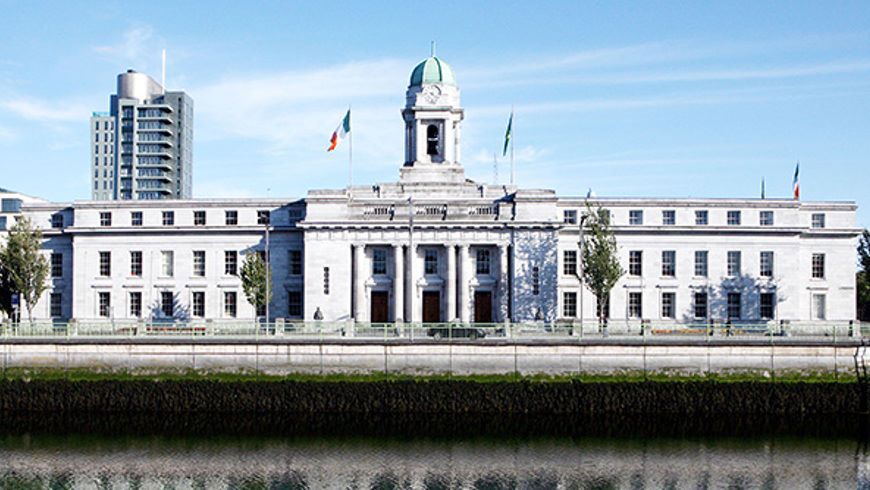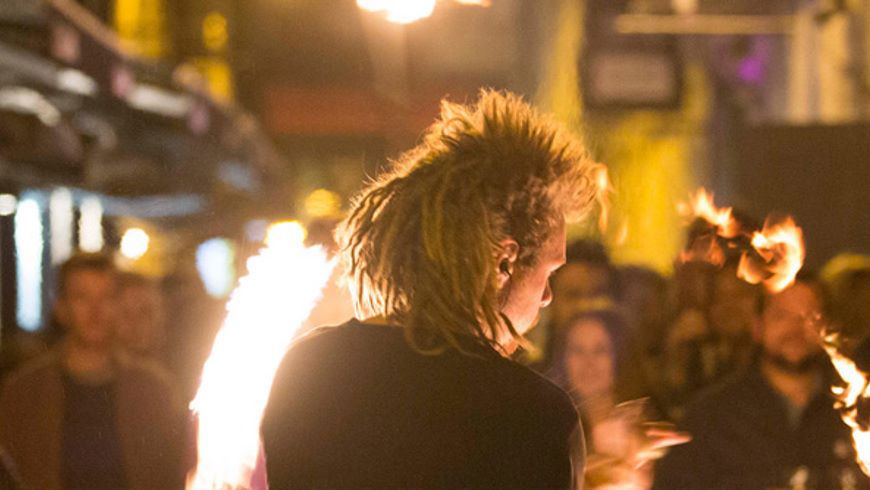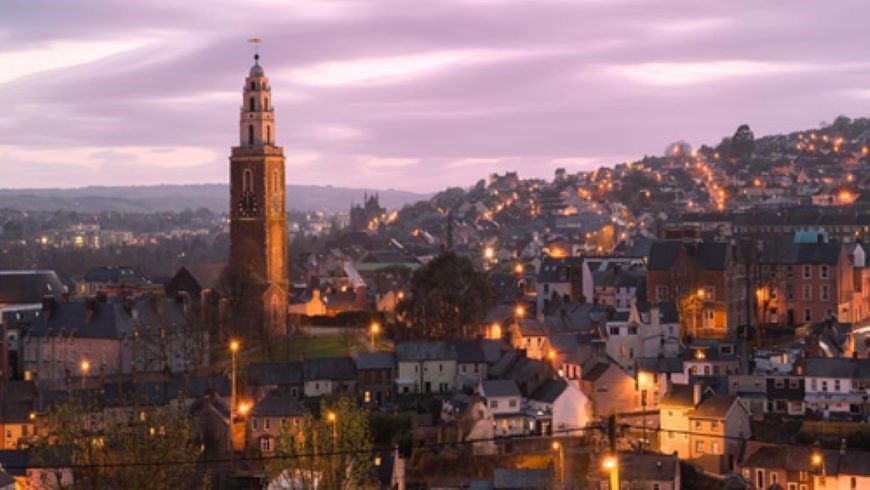Checkpoint 13: St Finbarrs Church/South Chapel, Dunbar Street
Checkpoint 13: St Finbarrs Church/South Chapel, Dunbar Street
Illustration of architectural feature close to the tile:
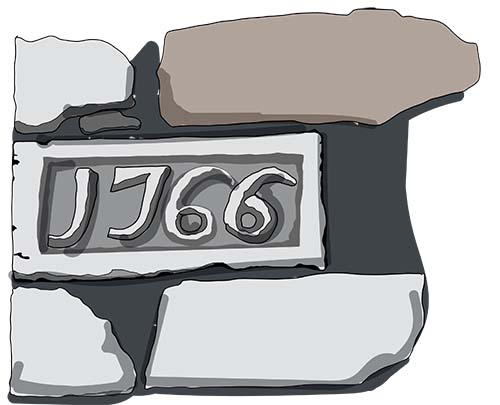
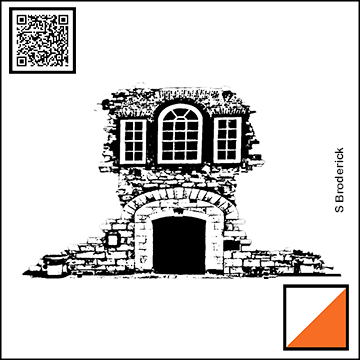
| This illustration marks our seventh checkpoint and was drawn by local artist – Sheelagh Broderick. It is a depiction of the front facade of South Chapel on Dunbar Street. |
Checkpoint 13: St Finbarrs Church/South Chapel, Dunbar Street
Welcome to Checkpoint 13, our final stop in the South Parish.
The South Chapel
St Finbarr’s South, also known as the South Chapel is one of the most iconic churches in Cork. Originally constructed in 1766 with the south transept added in 1809, it is a rare example of a Catholic mass house dating to this period. The front of the building is a patchwork of stone and styles marking the church’s long history and includes limestone, sandstone, and brick elements. Attached to the north of the church is the Presbytery, which was built in 1855 as a home for the church’s clergy.
John Hogan & The Dead Christ
Below the High Alter of the church you will find “The Dead Christ”, the work of John Hogan, widely regarded to be one of Ireland’s greatest sculptors. Completed in the 1830s while Hogan lived in Rome, this marble depiction of Jesus is one of a number of versions of the piece that Hogan executed. There are other examples at St Teresa’s Church in Dublin and St. John The Baptist Basilica in Newfoundland, as well as a plaster version in the Crawford Art Gallery.
The World in 1766
The date stone on the corner of St Finbarr’s bears its date of construction- 1766. The church was constructed at a time of great change for Cork and its place in the world. The British Empire, following its recent victory over the French and her allies in the Seven Years’ War, was well on its way to becoming the world’s greatest colonial power. But in the American Colonies, growing unrest had begun the road towards the American War of Independence and the creation of the United States. In the decades that followed, many Cork natives who were baptised and married in this church would find new homes in that new nation across the Atlantic.
Looking Around: A 200-Year-Old Street Sign
At the corner of Dunbar Street and Douglas Street is a rare surviving street sign dating to the early years of the 19th century. Taking the form of a limestone quoin, it marks out both Dunbar Street and “Cove Lane”, as Douglas Street used to be known.
